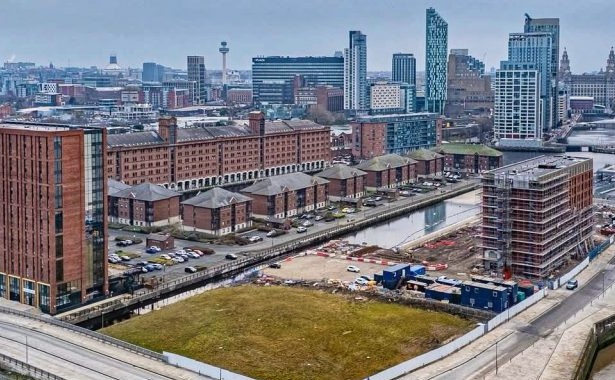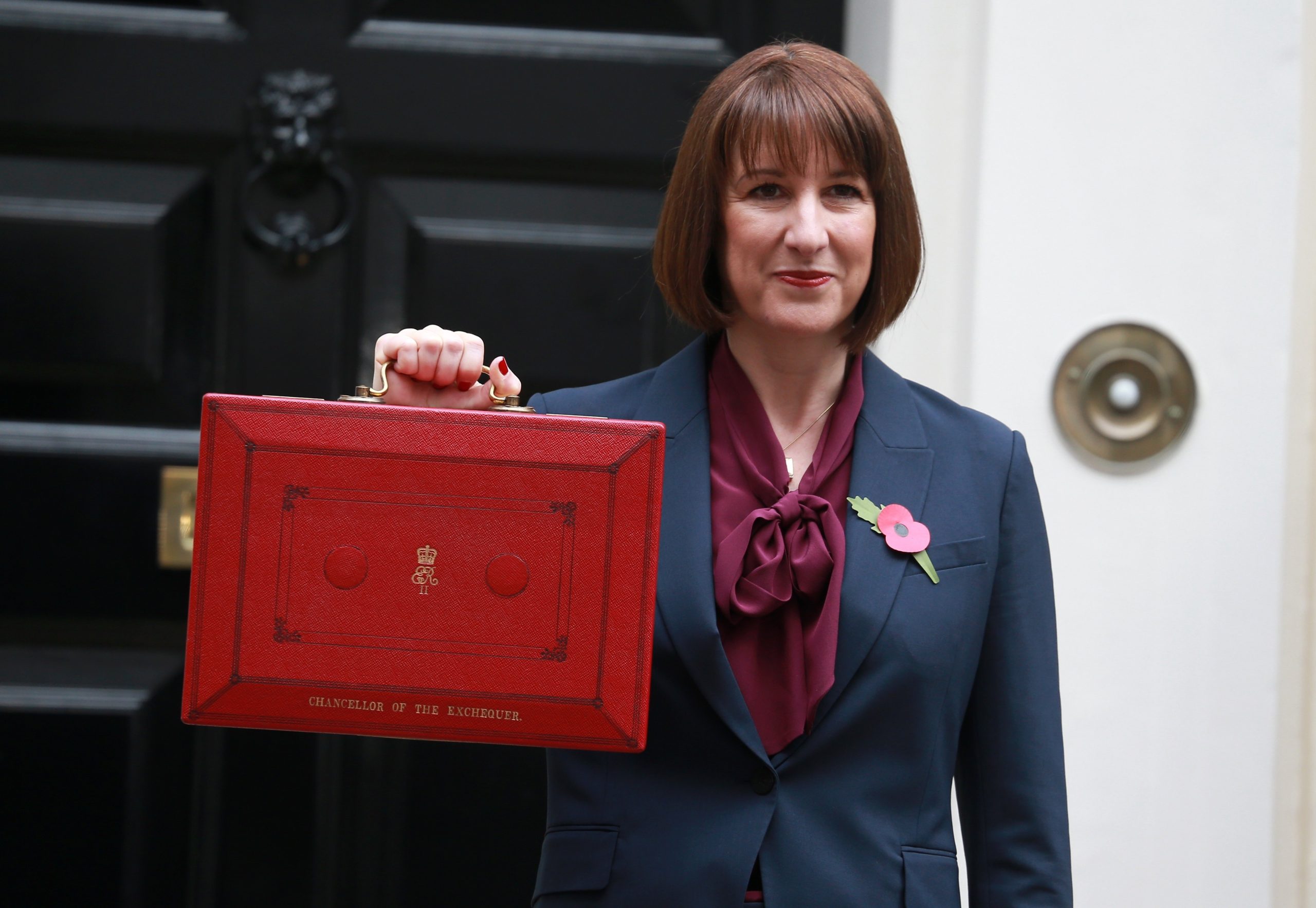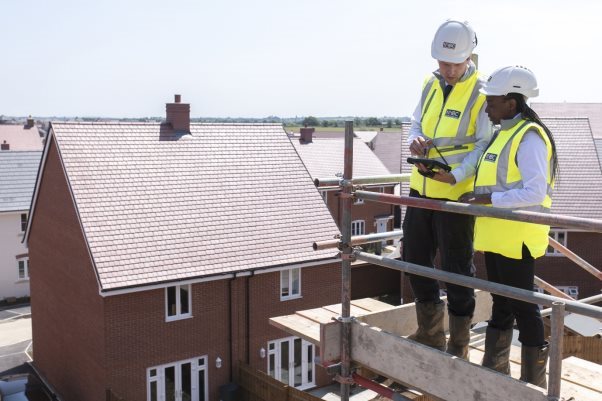Moving home has never been more expensive, with the average cost in England soaring to a record £17,831, according to reallymoving’s latest Cost of Moving Report.
The comparison site analysed data from quotes generated by 181,000 home movers to calculate the typical cost of moving home in 2025, factoring in Stamp Duty, conveyancing, estate agent fees, a Level 2 RICS Homebuyer survey, an EPC and removals costs.
The Cost of Moving in 2025
| Homeowner
Buying & selling Median purchase price £395,000 |
Cost | First Time Buyer
Buying only Median purchase price £253,800 |
Cost | |
| Stamp Duty | £9,750 | Stamp Duty | £0 | |
| Estate Agent fee | £4,615 | Estate Agent fee | NA | |
| Conveyancing (inc. expenses/disbursements) | £2,182 | Conveyancing (inc. expenses /disbursements) | £1,421 | |
| Survey | £510 | Survey | £462 | |
| Removals | £709 | Removals | £432 | |
| EPC | £65 | EPC | NA | |
| Total | £17,831 | Total | £2,315 |
A home move costs 27% – or £3,786 – more than in 2024
The cost of moving home has jumped 27% compared to last year, when the average mover paid £14,045. While Stamp Duty has been the primary driver of this sharp increase, after lower thresholds were reintroduced in March, other costs have also crept up. Conveyancing fees have climbed 8.7% year on year, survey costs are up 6.5% and removals charges have edged 1.5% higher to £709 for a move under 30 miles. The cost of obtaining an Energy Performance Certificate (EPC) is the only expense to remain unchanged at £65.
Rob Houghton, founder and CEO of reallymoving, said: “The overwhelming cost of moving home now swallows up 46% of the median annual salary in England – a stark reminder of how transaction costs are acting as a significant barrier to mobility, market fluidity and broader economic growth. In years gone by, house price growth would enable people to build up significant equity which would then help fund the next move, but that can no longer be relied upon.”
Home movers in London face paying £32,786 to buy and sell a property, largely as a result of higher house prices which drive up moving costs. Based on a median purchase price of £635,000, movers in the capital must hand over £21,750 in stamp duty, £6,887 in estate agent fees on their sale and £2,859 in conveyancing costs. A home move in London accounts for 69% of the median London salary, according to ONS data.
London is the only location where, based on their average purchase price, first-time buyers are now liable for stamp duty, with an average tax bill of £5,500 in addition to other moving expenses, bringing their total cost of moving to £8,192. It’s also the only region which has seen the median purchase price paid by first-time buyers fall, from £425,000 in 2024 to £410,000 in 2025, yet the reintroduction of lower stamp duty thresholds has caused their moving costs to skyrocket.
There continues to be a sharp north/south divide in the cost of moving home, with homeowners (buying and selling) in the least expensive region, the North East, paying £8,010 to move home – just one quarter of the total paid by movers in London. Similarly, in Yorkshire & Humber (£11,500) and the North West (£11,920), movers are much less burdened by Stamp Duty bills due to lower house prices.
First-time buyers in England have seen moving costs rise 6.5% compared to 2024, well ahead of the rate of inflation, meaning they now need to spend £2,315 on average to cover conveyancing, survey and removals costs. That trend is playing out for FTBs in every region of the UK, with average expenses up by between 3% and 8% compared with last year. Conveyancing and survey fees have been the main drivers of these increases, reflecting both inflationary pressure on professional fees and moderate house price increases.
Aside from London, which is the only region where FTBs are now liable for Stamp Duty based on the median purchase price of £410,000, the largest increases in overall costs have been seen in the East Midlands (+8.4%), the North West (+8.4%) and Scotland (+8%). The South West and East of England saw the most modest growth at +3.4% and 3.7% respectively. London stands out as the clear anomaly, with total costs for First Time Buyers leaping a dramatic 221% as a result of the change in Stamp Duty thresholds. Excluding this tax bill, London’s underlying moving costs for FTBs rose by 5.5% – broadly in line with national trends.
Houghton commented: “For first-time buyers the challenge doesn’t end with saving a deposit – the cost of moving is creeping ever higher in every region of the country. Even small increases in fees and services can have a real impact when finances are already stretched by high rents and the cost of living. It’s easy to see why the market share of First Time Buyers in England and Wales has dropped by 6.6 percentage points since January – a 10.4% fall – as affordability pressures force growing numbers to put their home purchase plans on hold.”
If rumours that stamp duty could be replaced with an annual property tax of 0.54% on homes worth over £500,000 are realised in the forthcoming Budget, the implications could be significant. Under such a system, the average cost of moving in England could plummet to £8,081, based on the median purchase price of £325,000, as buyers would no longer face a Stamp Duty bill at the point of purchase. London is the only region of the UK where the median purchase price sits above the proposed £500,000 threshold, therefore this shift would provide a considerable boost to market mobility across the country.
Houghton added: “The replacement of stamp duty with an annual property tax would immediately lower the financial barriers to moving and inject fresh momentum into the lower to mid-market, which accounts for the majority of housing transactions. By making it easier for people to move up or down the ladder as their circumstances change, such as accommodating a growing family or a new job, we would see wide-reaching benefits for the economy through greater mobility and productivity. However, the impact of a potential property tax remains uncertain, depending on the values it applies from and the tax rate applied.”







